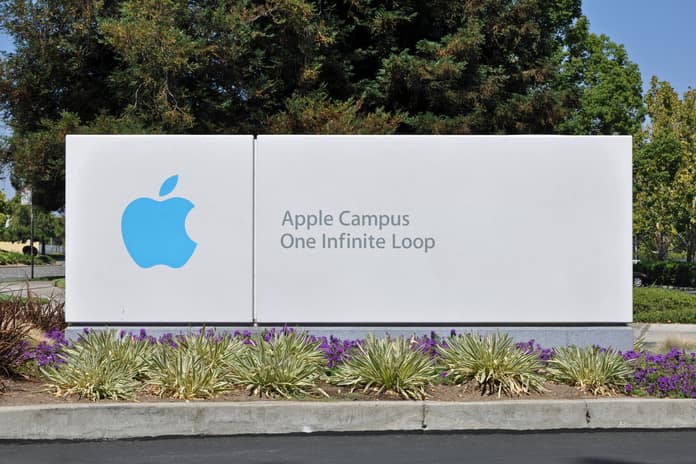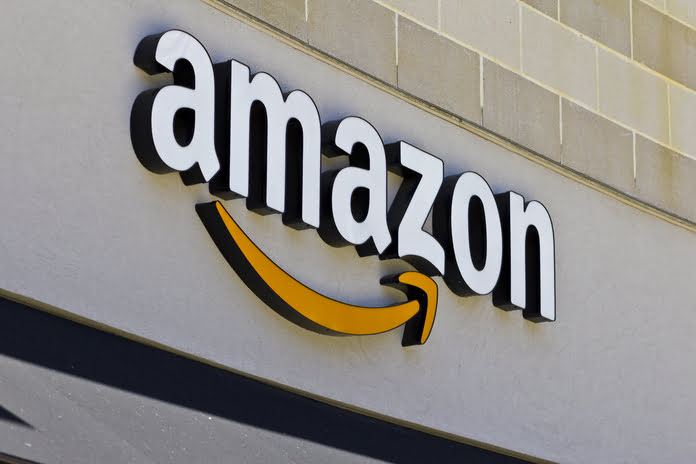Before I begin writing this article, I’d like to state that I believe in Apple (NASDAQ:AAPL). I am aware, however, that many incredibly successful and astute investors, most notably Michael Burry, are pessimistic about the company. Michael Burry holds PUT options on 206,000 Apple shares, according to the most recent SEC filing from his firm Scion Capital. What could his thesis possibly be?
Apple shares have outperformed the market YTD, down only around 9% vs a loss of about 14% for the S&P 500.
Rich Valuation: Relative Investing
Let us begin with the simplest but also the most superficial argument, that of valuation. Investors may easily argue that Apple is overvalued with a one-year future P/E of x17, a P/B of x46, and a P/S of around x7. An industry comparison supports the argument, indicating that the company stocks trade at a 40% – 1200% premium, depending on any indicator an investor chooses to compare.
However, comparing Apple to ‘counterparts’ is a fool’s game, in my opinion, because the tech giant has no peers. As a result, a comparison to the FAAMG universe may provide a more meaningful picture. Furthermore, I recommend using the PEG comparison because PE measures do not adequately account for a company’s implied growth. The PEG ratio is often regarded as a useful valuation indicator for capturing the relative tradeoff between a company’s present stock price, current earnings, and predicted growth. The ratio is computed by dividing the P/E ratio by the three-year CAGR expectation.
Most notably, Apple’s x2.41 PEG ratio implies a significant premium above peers. Only Amazon has a higher PEG in the FAAMG universe: x2.7. However, if we use the S&P 500 as our benchmark (PEG of x4.1), Apple stock could be a steal. Google appears to be half the price of Apple.
(PE figures are modified for non-recurring expenses to establish a sustainable operating profit.)
Macro Thesis: A Market Correction
Michael Burry is a firm believer in a severe market crash. On Twitter, he expressed his fears about market excesses and the prospect of the “Mother of All Crashes.” If investors believe that the market fall has further to run, shorting Apple may not be such a bad idea. Investor sentiment toward risk and growth assets arguably drives most of Apple’s current share price volatility. Investors should remember that Apple is the largest component of the S&P 500 and the Nasdaq 100, accounting for approximately 7% and 13%, respectively.
Furthermore, with a 5-year Beta of around 1.23, (NASDAQ:AAPL) shares are more sensitive to market changes than the index. As a result, if the market falls precipitously, Apple is likely to follow suit. Take note of how closely AAPL (NASDAQ:AAPL) shares have tracked broader market swings YTD.
Michael Burry holds a sizable long position in Meta (NASDAQ:META), Alphabet (NASDAQ:GOOG), Warner Bros. Discovery (NASDAQ:WBD), and other value stocks. As a result, he might consider using his PUT options on Apple as a hedge against non-idiosyncratic market risk.
Earnings contraction: Consumer Slowdown for Apple
On July 28, Apple (NASDAQ:AAPL) published Q3 earnings. I was pleasantly surprised by the company’s commercial resiliency since I had anticipated a downturn in demand for Apple’s value proposition due to the macro-environment. However, Apple continued to perform until June 30:
Apple said, “Our June quarter results demonstrated our ability to manage our business effectively despite the challenging operating environment. We set a June quarter revenue record and our installed base of active devices reached an all-time high in every geographic segment and product category.”
It is worth emphasizing that the current market climate is extremely unfavorable for consumer sentiment, as seen by (1) declining asset values and savings, (2) rising interest rates, (3) inflation, (4) international trade tensions, and (5) a strong currency. However, if the macro-environment continues to deteriorate, customers’ gadget replacement cycles may lengthen, affecting Apple’s commercial performance momentarily. It is said that many macro-challenges will take 3-6 months to manifest. As a result, Apple’s earnings downturn may not occur until the September or December quarters of 2022 or even in the first half of 2023.
China Exposure: Supply & Demand
As tensions with China rise, exacerbated by Pelosi’s visit to Taiwan, I believe the market is overly optimistic about Apple’s material exposure to China – both on the demand and supply sides. On the demand side, China accounts for roughly 20% of its overall revenue. On the supply side, 90% of the company’s hardware is obtained in Asia, with most originating in China.
However, any China-related tensions might significantly impact Apple’s business operations, profitability, and value chain.
Conclusion
It is always beneficial to assess what could be a danger for any given investment. I see four major dangers for Apple:
- The company’s relatively expensive valuation
- The risk of an accelerating market correction
- EPS contraction due to consumer slowdown
- Supply and demand issues related to the company’s China exposure
If you think of any other concerns Apple should be aware of, please leave them in the comments. I am eager to participate in a discussion.
However, I want to state that I am still an Apple supporter. And I remain confident that Apple will trade considerably higher in the next 12-36 months due to:
- New market prospects such as VR/AR and the Apple Car.
- Accelerating strength in Apple’s service portfolio.
- Continued financial engineering.
Featured Image: Megapixl © Joeravi

















